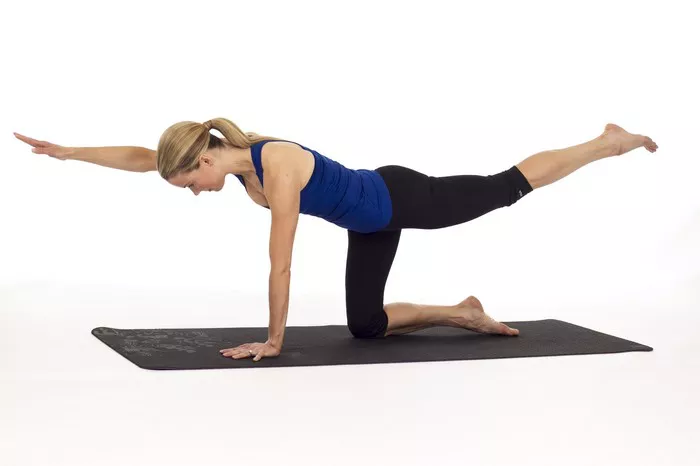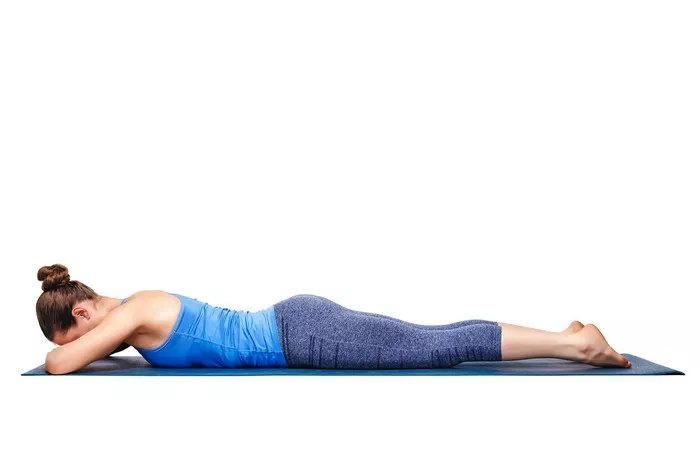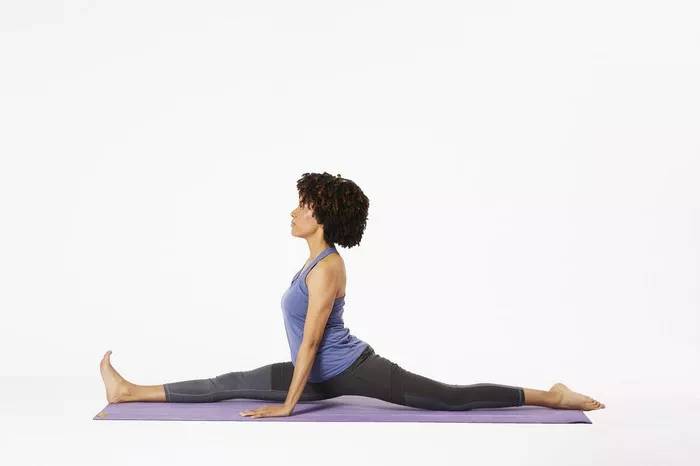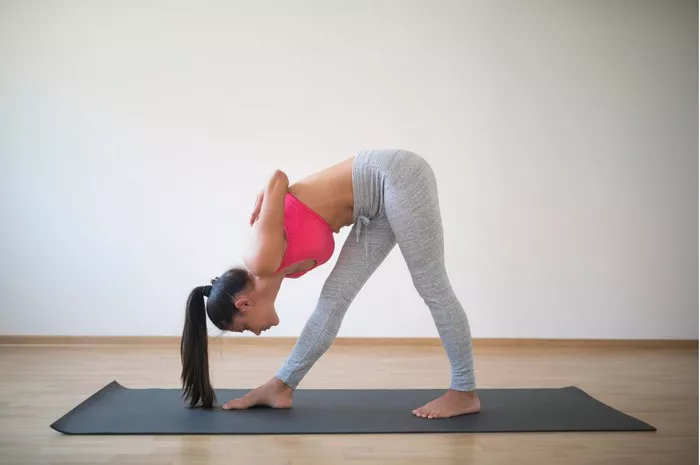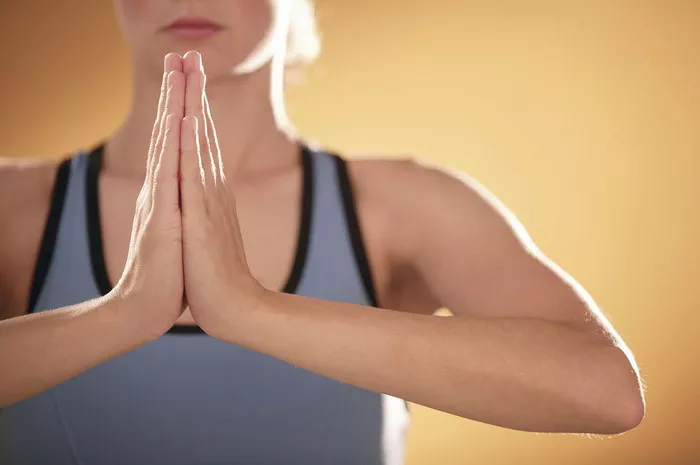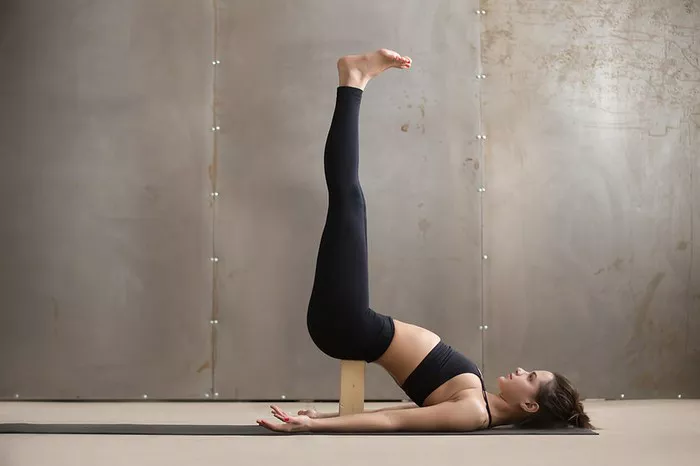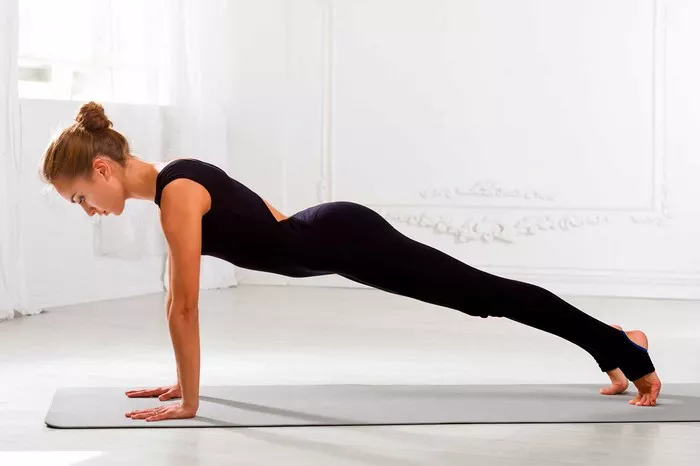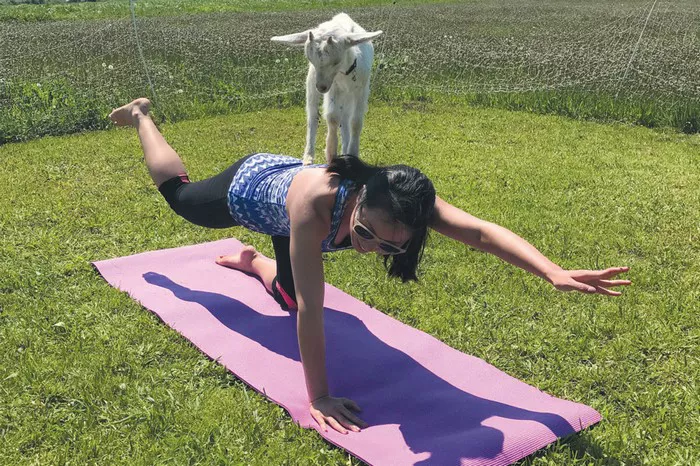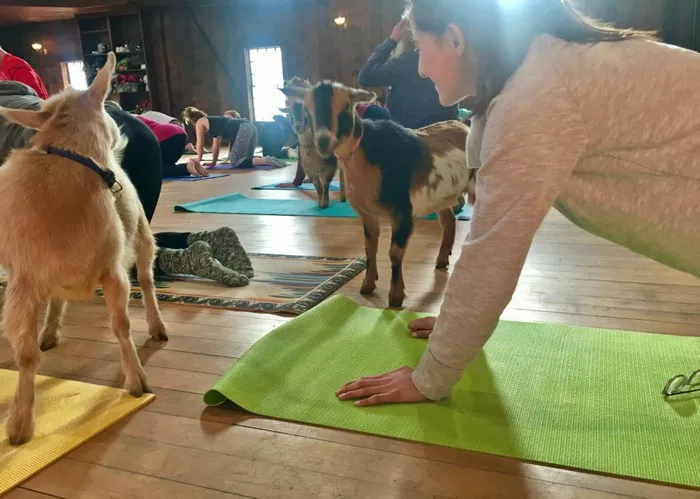The Cobra Pose, or Bhujangasana, is one of the most well-known asanas (poses) in yoga. As part of the Surya Namaskar (Sun Salutation) sequence, it is a foundational pose that is practiced by yogis of all levels. Whether you are a beginner or an experienced practitioner, understanding the significance of the Cobra Pose is essential for cultivating a well-rounded yoga practice. In this article, we will explore the importance of Cobra Pose, its physical, mental, and emotional benefits, as well as its impact on overall well-being.
What is Cobra Pose?
Cobra Pose, or Bhujangasana (pronounced Boo-jung-AH-suh-nuh), is a prone backbend performed by lying on your stomach and lifting your chest upward while keeping your legs and pelvis on the ground. The hands are placed under the shoulders, and the elbows are bent. As you inhale, you press into the hands, engaging the back muscles to lift the chest and head while arching the spine.
The name “Bhujangasana” is derived from two Sanskrit words: bhujanga, which means “snake,” and asana, which means “pose.” The pose is meant to resemble a cobra with its hood raised, symbolizing strength, flexibility, and openness.
How to Perform Cobra Pose Correctly?
To derive the maximum benefits from Cobra Pose, it is crucial to practice proper alignment and technique. Here’s a step-by-step guide on how to perform Cobra Pose:
Starting Position: Begin by lying face down on your mat with your legs extended behind you. The tops of your feet should be pressing into the floor, and your legs should be straight, hip-width apart. Place your hands flat on the floor directly beneath your shoulders with your elbows close to your body.
Engage the Core: As you inhale, engage your core by gently pulling your navel toward your spine. This will provide stability to the lower back.
Lift the Chest: On an inhale, press into your palms to lift your chest away from the floor. Use the strength of your arms and back muscles rather than relying solely on your hands.
Arch the Back: Slowly extend your spine as you continue to lift your chest and gently arch your back. Keep the elbows slightly bent, not locked. Avoid collapsing your lower back by engaging the muscles of your back and legs.
Gaze Forward or Up: You can either keep your gaze straight ahead or gently tilt your head upward to deepen the stretch. However, it is important to avoid straining the neck by over-arching.
Hold the Pose: Hold the Cobra Pose for a few breaths (usually 15-30 seconds), maintaining engagement in your core and legs. Keep your body active throughout the pose.
Exit the Pose: To release, gently lower your chest back to the floor, bringing your forehead down. Take a few breaths in Child’s Pose or another restorative pose to counteract the backbend.
Physical Benefits of Cobra Pose
Cobra Pose offers a wide range of physical benefits, particularly for the spine, chest, and abdomen. Here are the most prominent physical advantages:
Strengthens the Spine
One of the most significant benefits of Cobra Pose is its ability to strengthen the muscles along the spine. As a backbend, the Cobra Pose engages the muscles of the upper, middle, and lower back, helping to improve spinal alignment and posture. The gentle stretch combined with the activation of the back muscles improves spinal flexibility and strength, which is crucial for supporting the body during daily activities.
Improves Posture
In today’s world, many people suffer from poor posture due to prolonged sitting, especially in front of computers. Cobra Pose counteracts the forward hunching of the shoulders and spine, promoting an open chest and a more upright posture. By regularly practicing Cobra Pose, you can develop awareness of your posture and work toward preventing issues such as rounded shoulders and slumped backs.
Stretches the Chest and Shoulders
The Cobra Pose stretches the chest and shoulders, areas that are often tight due to desk work or hunching. This stretch helps open up the chest, which can alleviate tension in the upper body and improve circulation. The Cobra Pose helps counteract the tightness and shortening of the chest muscles caused by poor posture or sedentary behavior.
Tones the Abdominals
Although the Cobra Pose is a backbend, it also engages the abdominal muscles. The act of lifting the chest while keeping the core active helps to tone and strengthen the abdominals. This is important not only for improving core strength but also for supporting proper spinal alignment.
Stimulates the Digestive System
Cobra Pose can aid in digestion by stimulating the digestive organs. The gentle pressure on the abdomen as you lift the chest encourages better circulation and can help relieve issues such as constipation or bloating. Additionally, the pose helps to open up the torso, promoting more effective digestion.
Increases Flexibility
The Cobra Pose helps to increase the flexibility of the spine and the muscles of the back. Regular practice helps to lengthen and stretch the muscles of the back, contributing to better spinal mobility. This flexibility can help prevent injuries in everyday life and other physical activities.
Mental and Emotional Benefits of Cobra Pose
While the Cobra Pose is primarily known for its physical benefits, it also has profound effects on mental and emotional well-being. Here are some of the psychological benefits of practicing Cobra Pose:
Reduces Stress
Backbends, such as Cobra Pose, are often considered heart-opening poses. They can help reduce stress by encouraging deep breathing, which triggers the relaxation response in the body. When you engage in backbends, you stimulate the parasympathetic nervous system, which reduces the body’s stress response and promotes a feeling of calm.
Boosts Confidence
Cobra Pose opens up the chest and creates a sense of expansion in the body. This feeling of openness is symbolic of emotional release and personal growth. The posture helps cultivate a feeling of confidence and empowerment, as it encourages you to lift your heart and chest while maintaining strength and stability.
Promotes Mindfulness
The Cobra Pose requires you to focus on your breath, alignment, and the engagement of specific muscle groups. This mindfulness aspect is essential for cultivating awareness and presence in the body. When practicing Cobra Pose, you must remain in the moment, which can help quiet the mind and reduce mental distractions.
Releases Emotional Blockages
Backbends like the Cobra Pose are believed to help release stored emotional tension in the body. The heart-opening nature of the pose can release emotional blockages, allowing you to feel more connected to your inner self. This can lead to emotional healing and greater emotional stability over time.
Improves Breathing
As you practice Cobra Pose, the chest opens up, allowing for deeper, more expansive breaths. This practice encourages diaphragmatic breathing, which can improve lung capacity and oxygen intake. Regular practice can enhance your overall respiratory health and increase your ability to manage stress through deep, controlled breathing.
Cobra Pose in Yoga Sequences
The Cobra Pose is a versatile and important pose that can be included in various yoga sequences, such as:
Sun Salutation (Surya Namaskar)
Cobra Pose is an integral part of the Sun Salutation sequence. In this context, it serves as a gentle backbend that follows the Plank Pose and prepares the body for further stretching. The flow of movements in the Sun Salutation sequence helps to warm up the body, improve flexibility, and create a sense of balance.
Backbend Sequences
As a backbend, Cobra Pose can be included in more advanced backbending sequences. It can be followed by deeper backbends, such as the Upward-Facing Dog (Urdhva Mukha Svanasana) or the Bow Pose (Dhanurasana). Cobra Pose is also an excellent preparatory pose for these more advanced backbends, as it helps open the chest and spine.
Seated Sequences
The Cobra Pose can also be used as a gentle backbend between seated stretches, providing a counterpose to forward folds and seated stretches. It can help balance out the body and promote fluidity in the sequence.
Modifications and Variations of Cobra Pose
While Cobra Pose is accessible to most practitioners, there are modifications and variations that can make the pose more suitable for different levels of flexibility and strength. Here are some modifications and variations:
Baby Cobra Pose (Ardha Bhujangasana)
If the full Cobra Pose feels too intense, you can practice the Baby Cobra Pose, which involves lifting only a small portion of the chest off the ground. This variation is ideal for beginners or those with limited back flexibility. The hands should stay closer to the ground, and the focus should be on gently lifting the chest without overextending the back.
Cobra Pose with Feet Together
For a deeper stretch in the chest and back, you can bring your feet together while practicing Cobra Pose. This variation allows for a more focused stretch along the spine and helps to engage the back muscles more effectively.
Cobra Pose with Leg Lifts
For an added challenge, you can practice Cobra Pose with one or both legs lifted. This variation increases engagement in the back and glute muscles and promotes balance and coordination.
Conclusion
The Cobra Pose is a powerful and beneficial asana that offers numerous physical, mental, and emotional benefits. Its ability to strengthen the spine, improve posture, and promote flexibility makes it an essential part of any yoga practice. Additionally, the heart-opening nature of the pose supports emotional release, stress reduction, and improved confidence.
By incorporating Cobra Pose into your yoga practice, you not only enhance your physical well-being but also cultivate a greater sense of mindfulness, relaxation, and emotional balance. Whether you are a beginner or an experienced practitioner, the Cobra Pose is a valuable tool for improving both your body and mind.
Regular practice of the Cobra Pose can transform your yoga journey, helping you to become more connected to your body and more centered in your mind. As with any yoga pose, it is important to approach Cobra Pose with mindfulness and patience, allowing the benefits to unfold gradually over time.
Related Topics:

